#sati
Explore tagged Tumblr posts
Text
Books to Learn More About Hindu History





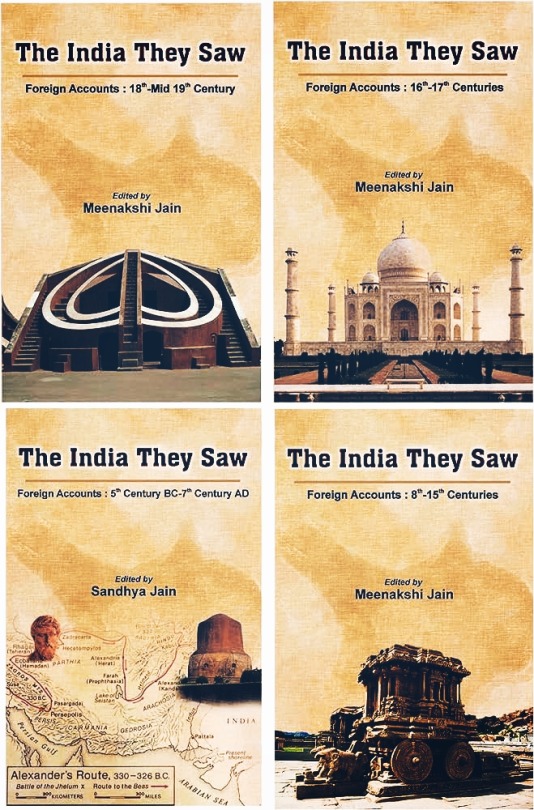
List and description under the cut >>
The India They Saw : Foreign Accounts from 5th Century BC -> 19th Century
Spanning over 4 volumes, this comprehensive collection brings together account of various foreign travelers, explorers and scholars. Their wonder at her rich philosophical efflorescence and material abundance.
Hindu Temples : What Happened To Them Vol 1+2, Sita Ram Goel
The first volume includes a list of 2,000 mosques that the author claims were built on Hindu temples, based primarily on the books of Muslim historians of the period or inscriptions found on mosques. The second volume excerpts from medieval histories and chronicles and from inscriptions concerning the destruction of Hindu, Jain and Buddhist temples. The authors claim that the material presented in the book as "the tip of an iceberg"
Heroic Hindu Resistance to Muslim Invaders (636 AD - 1206 AD), Sita Ram Goel
An analysis of Ram Gopal Misra's Indian resistance to early Muslim invaders, up to 1206 A.D.
Invaders and Infidels: From Sindh to Delhi: The 500-Year Journey of Islamic Invasions, Sandeep Balakrishna (Book 1 + 2)
Tells the story of the origins and trajectory of Islamic invasions into India. It begins with the first Muslim conquest and ends with Babur's invasion of Hindustan, spanning the period of the Delhi Sultanate which was in power for almost 320 years. This epochal story encompasses a vast sweep of events, which changed the history of India forever, and introduced it to an alien faith and a religious despotism such as the country had never experienced before. It comprises major and minor sagas of great heroism, untold savagery, stout resistance, brutal intrigues and epic tragedies.
The Hindus of Hindustan: A Civilizational Journey, Meenakshi Jain
Notwithstanding the views of a section of historians and literati, spiritual, religious, and cultural continuity in India goes back many millennia. Identification with, and adoration of, the land was expressed in the sixty-three verses long Prithvi Sukta of the Atharva Veda, described as the first “national song” in the world. Veneration of the land remained a recurrent theme in sacred literature.
Kautilya, in the Arthasastra, articulated the ideal of political unification, when he said that from the Himalayas to the seas, the land should have one ruler. That ideal was accompanied by a consciousness of cultural union.
Evidence of continuity of religious beliefs and motifs could be traced to the late Upper Palaeolithic (c. 9000-8000) site of Baghor I (Sidhi district, Madhya Pradesh), to the celebrated Indus Valley Civilization, and well thereafter.
Fight For Deities and Rebirth of Temples, Meenakshi Jain
This work examines the medieval response to temple destruction and image desecration. While temples were destroyed on a considerable scale, also noteworthy were the repeated endeavours to reconstruct them. In each instance of rebirth, the temple retained its original name, even though there was a visible downsizing in its scale and grandeur. The Keshava temple at Mathura, the Vishwanath temple at Kashi, the Somnath temple in Saurashtra, the Rama mandir at Ayodhya were among the shrines continually restored, well after Hindus had lost all semblance of political power. The Bindu Madhava, the most important Vishnu temple in Varanasi, was demolished in 1669 and a mosque constructed in its place. The temple now bearing the name Bindu Madhava is a modest structure in the shadow of the mosque, but continues the traditions associated with the site. Intriguingly, mosques built on temple sites often retained the sacred names —Bijamandal mosque, Lat masjid, Atala masjid, Gyanvapi mosque, and not to forget, masjid-i- janamsthan.
The Battle for Rama, Case of Temple at Ayodhya, Meenakshi Jain
From questioning the antiquity of Rama worship and the identity of ancient Ayodhya, certain historians have also challenged the widely held belief that Babri Masjid was built on the site of the Janmabhumi temple. Scholars have, however, traced the antiquity of the Rama Katha as far back as the sixth-fifth century BCE, when ancient ballads (Akhyanas) transmitted Rama's story orally. Valmiki’s Ramayana itself has been dated to the fourth-third century BCE. Over the centuries, Rama's story has been re-told in many vernaculars of the country. Rama is the exemplar of moral values for Hindu society and epitomizes its aspirations of Artha, kama, and above all, dharma. The proceedings of the Allahabad High Court have exposed the vulnerabilities of Left historians. They could proffer no evidence of continued Muslim presence at Babri Masjid, while the unwavering commitment of Hindu devotees to the site has been attested by several sources. Babri Masjid was not mentioned in the revenue records of the Nawabi and British periods, nor was any Waqf ever created for its upkeep. No Muslim filed an FIR or complained of dispossession or obstruction in his alleged use of the Masjid when the image of Sri Rama was placed under the central dome on 23rd December 1949. The Sunni Central Waqf Board entered litigation on 18th December 1961, just five days before the twelfth anniversary of the placement of the image in the Masjid, on which date any claim would have become time-barred. The Board did not file a suit for a possession; instead, it sought a declaration on the status of the property. Further, excavations of the ASI revealed uninterrupted occupation of the site since the 13th-century BCE. They also exposed remnants of the temple on which Babri Masjid was erected. The assertions of Left historians on Babri Masjid have all been found to be erroneous, yet there has been no public retraction. Indeed, they continue to peddle their discredited theories despite the mounting evidence against them.
Waiting for Shiva: Unearthing the Truth of Kashi’s Gyan Vapi, Vikram Sampath
Half Temple, Half Mosque. Few places in the world carry the heavy burden of history as effortlessly as Kashi, or Varanasi, has. The holy city embodies the very soul of our civilization and personifies the resilience that we have displayed over centuries in the face of numerous adversities and fatal attacks.
Waiting for Shiva documents these cataclysmic events in the temple’s history. The final death blow was dealt in 1669 by the Mughal despot Aurangzeb, who demolished the temple and erected few domes on the partially destroyed western wall to call it a mosque. The temple complex was desecrated and left strewn with ruins as a grim reminder of the humiliation and insult that Hindus had to face as a consequence of their holiest shrine being torn down to smithereens. The area that is now called the Gyan Vapi mosque and the surrounding land that lies adjacent to the new temple of Vishwanath, which came up towards the end of the 18th Century, has always been one of intense contestation.
Vasudeva Krishna and Mathura, Meenakshi Jain
This work examines the antiquity of image worship in India. Its main focus is the Bhagavata religion that evolved around Vasudeva Krishna of the Vrishni clan. At Mathura, several noteworthy archaeological finds dated to the early Common Era were recovered from the site of Katra Keshavadeva.
In the medieval period, Katra Keshavadeva was subjected to repeated devastation, beginning with that by Mahmud Ghaznavi in 1071 CE. However, within a century a temple dedicated to Vishnu was built at Katra Keshavadeva. Thereafter, the story of destruction followed by construction was repeated over and over again. In 1670, the Mughal emperor, Aurangzeb ordered its destruction. An Idgah was built at the site. Later developments at Katra Keshavadeva were recorded in the judicial records of colonial India. In 1815, Katra Keshavadeva was sold by auction to Raja Patnimal of Banaras.
Sati : Evangelicals Baptist Missionaries and the Changing Colonial Discourse, Meenakshi Jain
In it, as a meticulous professional historian, she quotes all the relevant sources, with descriptions of Sati from the ancient through the medieval to the modern period. She adds the full text of the relevant British and Republican laws and of Lord Wiliam Bentinck’s Minute on Sati (1829), that led to the prohibition on Sati.
This book makes the whole array of primary sources readily accessible, so from now on, it will be an indispensible reference for all debates on Sati.
Hindus in Hindu Rashtra, Anand Rangnathan
To those who claim we are now living in a totalitarian, fascist, Hindu Rashtra, one must ask: What kind of a Hindu Rashtra is this where a billion-strong Hindus have been, through our parliament, through our courts, our education system, and our constitution, reduced to not just second-class but, rather, eighth-class citizens? What kind of Hindu Rashtra is this where Ram Navami, Hanuman Jayanti, Durga pooja processions, and even Garba celebrations, are attacked and stoned with impunity? What kind of Hindu Rashtra is this where a sitting Prime minister says minorities have the first right to resources? What kind of Hindu Rashtra is this where Hindus are forced to be refugees in their own land, where one can settle 40,000 Rohingya Muslims but not 700,000 Kashmiri Hindus, the land’s original inhabitants; where the judiciary says it is too late to prosecute those who raped, murdered, and ethnically cleansed lacs of Hindus? What kind of Hindu Rashtra is this where Hindu temples are exclusively controlled by the State, where Hindus must beg for Waqf land to celebrate their festival while the government usurps hundreds of thousands of acres of temple land and is responsible for more than 100,000 temples losing lakhs of crores in rental income? What kind of Hindu Rashtra is this where the Right to Education Act discriminates only against Hindus and their schools, forcing tens of thousands of them to shut down? What kind of Hindu Rashtra is this where monsters like Aurangzeb and Tipu who perpetrated large-scale Hindu genocides are eulogised through State sponsored publications, naming of roads and cities, and organising of festivals? What kind of Hindu Rashtra is this where a law was about to be enacted through with only the Hindus would have been held guilty in a communal riot even if they were in a minority for example in Kashmir? What kind of Hindu Rashtra is this where court judgments like the Sabarimala and legislative enactments like the Hindu Code Bill purport to reform only Hindu religious practices but dare not touch practices of other religions, and if they do, the decisions are promptly reversed like in the Shah Bano case? What kind of Hindu Rashtra is this where The Places of Worship Act continues to deny the Hindus their legitimate right to correct historical injustices and reclaim thousands of demolished temples? What kind of Hindu Rashtra is this where the Waqf Act gives overarching powers to Muslims to declare a 1500-year-old Hindu temple to be on Islamic land when Islam is only 1300 years old? If this is how a Hindu is rewarded in a Hindu Rashtra, he’d much rather be in a Muslim Rashtra because then at least there’d be no pretence of equality - a Kafir will get what he deserves. In this searing commentary penned with clinical precision, the author shreds to smithereens once and for all the guilt-tripping, self-loathing fake narrative that Hindus have been duped with since Independence. There is no pretence, no political correctness, only unvarnished truth – that the Hindus are living under State-sanctioned Apartheid.
India that is Bharat, J Sai Deepak
India, That Is Bharat, the first book of a comprehensive trilogy, explores the influence of European 'colonial consciousness' (or 'coloniality'), in particular its religious and racial roots, on Bharat as the successor state to the Indic civilisation and the origins of the Indian Constitution. It lays the foundation for its sequels by covering the period between the Age of Discovery, marked by Christopher Columbus' expedition in 1492, and the reshaping of Bharat through a British-made constitution-the Government of India Act of 1919. This includes international developments leading to the founding of the League of Nations by Western powers that tangibly impacted this journey.
#hindublr#hinduism#ancient india#esther shrieks*#book recommendations#hindu history#indian history#j sai deepak#anand ranganathan#hindutva#meenakshi jain#ram janambhoomi#ram mandir#gyanvapi mandir#babri masjid#mughal empire#sita ram goel#mathura#krishna janambhoomi#sati#jauhar#india that is bharat#hindus in hindu rashtra#indian authors#indian writers#indus valley civilisation#kashmir#kashmir is hindu#books books books#india
318 notes
·
View notes
Note
Since Shiva is Sati's husband, he is technically Indra and the Devas' mausa ji, right? T-T
#HumSaathSaathHain
OMG OMG OMG LMAO I NEVER THOUGHT THAT WHATTF
But fair XD he's their mausa ji and he definitely never lets that go lolol XDDD
That means Chandra is also there Mausa ji no? Lmao
22 notes
·
View notes
Photo
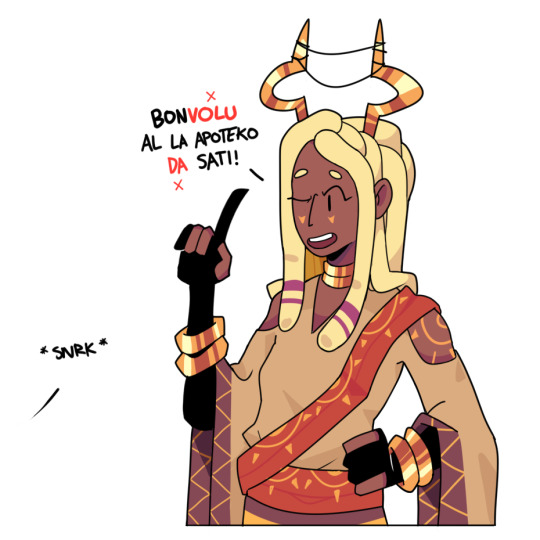
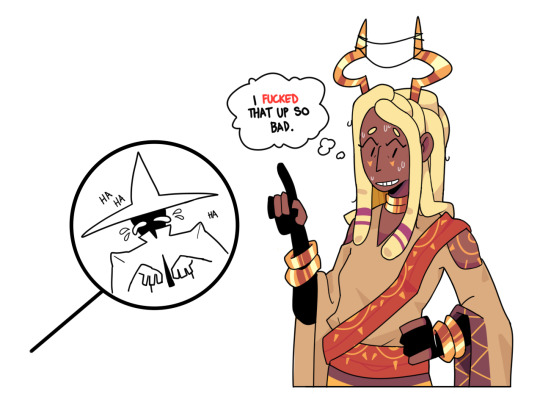
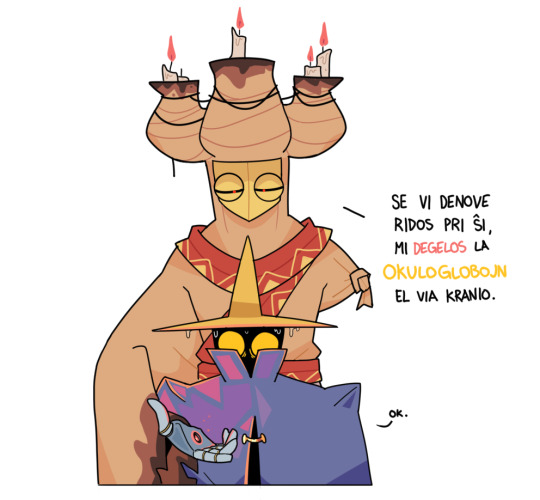
all my wizards speak esperanto (to varying degrees)
#wizardposting#esperanto#my art#my ocs#ahura#sati#mi estas nur komencanto#please be nice to me...#final image translation: if you laugh at her again i'll melt the eyeballs from your skull#mages
381 notes
·
View notes
Text
Happy new year ヾ(❀╹◡╹)ノ゙❀~

#myart#protoss#My first art in 2025#protoss oc#starcraft#my oc#oc#senia#sho#mira#Sati#siya#Yais#alesta#agnes#viola#Okay#I have a bad memory for names.#But there are really a lot of them here#Drawing on canvas with markers is a strange activity#But I did it
13 notes
·
View notes
Text
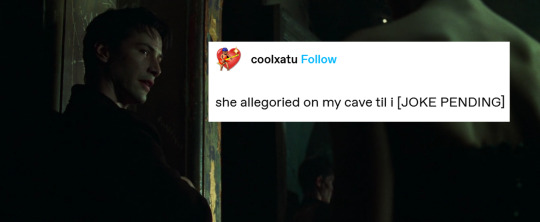
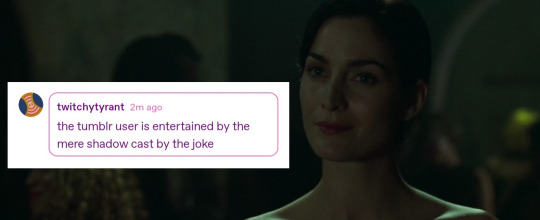



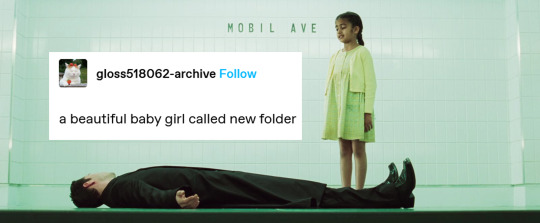
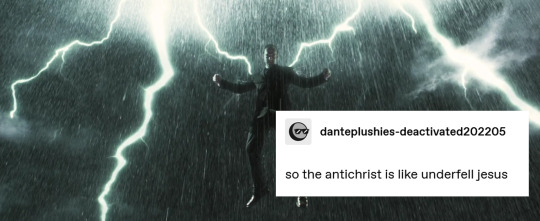


big news (found a folder of text post memes from last november that I completely forgot about)
44 notes
·
View notes
Text
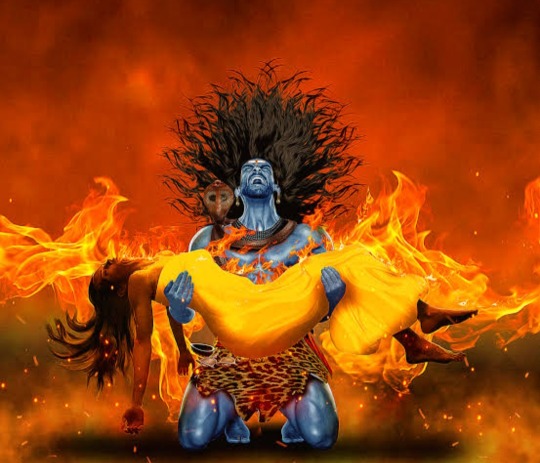


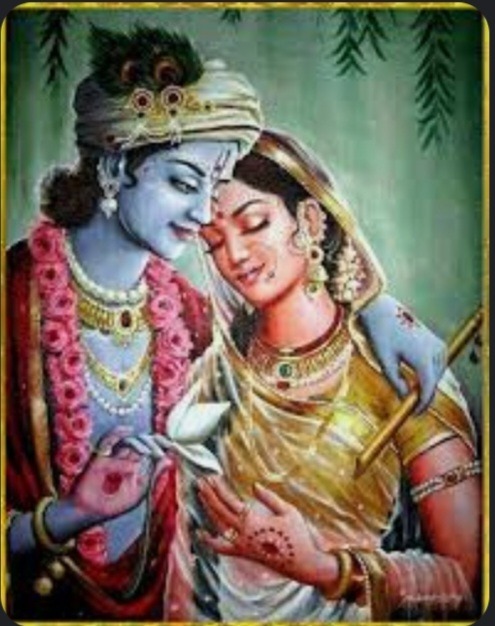
True Love has the habit of coming back
(Pictures:
1. Lord Shiva uplifting the corpse of Sati Maata and feeling Viraha
2.Shiva-Parvati Vivaha
3.Sita Maata entering Patala
4.Maata Rukmini and Lord Krishna)
Tagging:@nirmohi-premika @jukti-torko-golpo @krishnaart @krishnapriyakiduniya @krishna-sahacharini @krishna-priyatama @shyamsakhii @sanskari-kanya @enigma-the-mysterious @chaanv @shut-up-rabert @budugu @witchhere @desi-stree @just-a-seashell-in-kavaratti @janaknandini-singh999
#desiblr#krishna#hinduism#desi culture#vedic culture#vedic#shiva#sati#parvati#sita#rukmini#shivaparvati#krishnarukmini#true love#love#viraha#hindu#sanatan dharma#sanatana
182 notes
·
View notes
Text




72 notes
·
View notes
Text

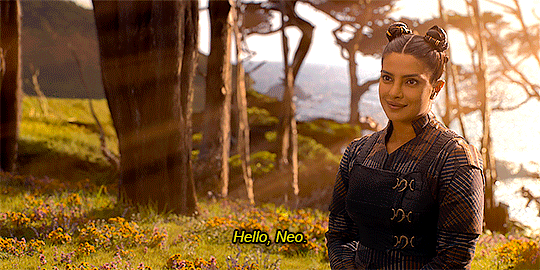
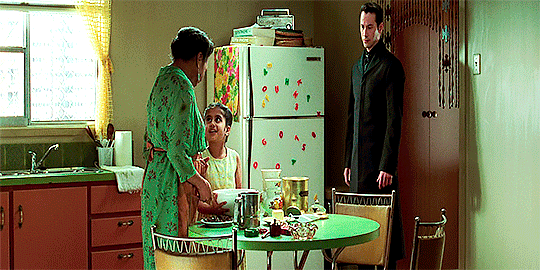

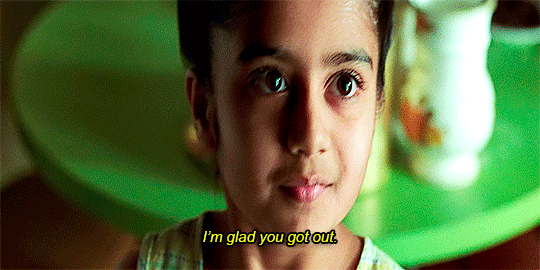
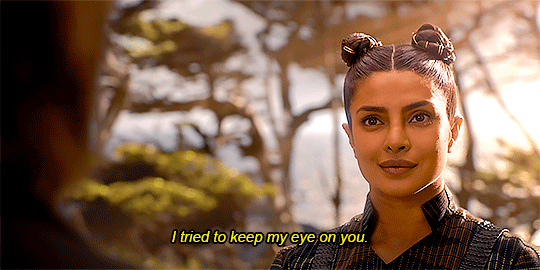
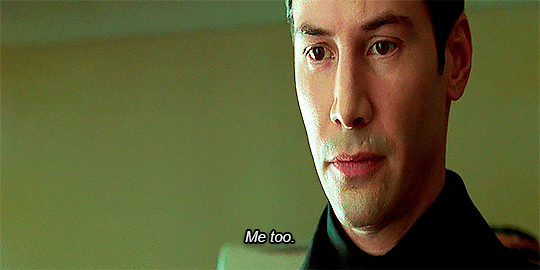

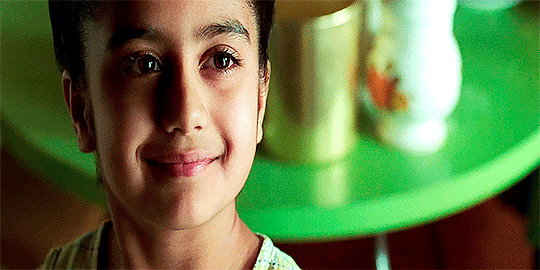
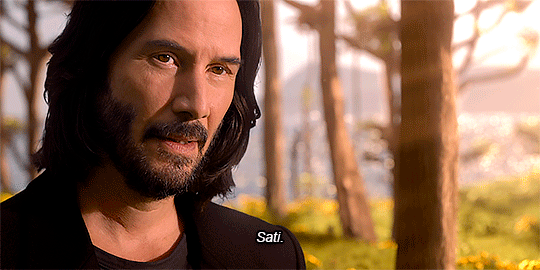
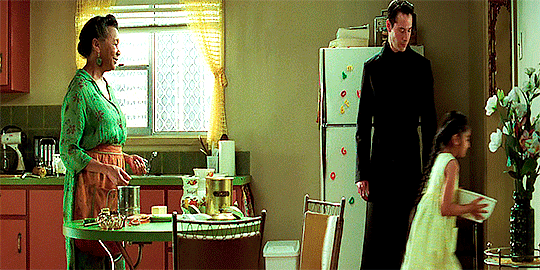
Sati.
The Matrix Revolutions (2003) | The Matrix Resurrections (2021)
#the matrix series#the matrix revolutions#the matrix resurrections#neo#sati#parallels#neotrinitysourceedit#matrixedit#neotrinitysource#. not neotrin#the oracle
156 notes
·
View notes
Text
Round 1 Poll 39
Lucia A saint who was martyred during the persecution of Christianity in the time of the Roman Empire. She was tortured and had her eyes gouged out, but a miracle restored her sight. She is revered as the patron saint of the blind.
Sati In Hinduism, Sati was Shiva's first wife who married Shiva against her father Daksha's will. She killed herself via self-immolation out of protest against her father not inviting her or Shiva to a sacrifice.


13 notes
·
View notes
Text
Destruction of Daksha Yagna
Destruction of Daksha Yagna explores the repercussions of ego and the wrath of the divine. This story explains the greatness of Lord Shiva and how unrighteousness is always punished. People who mock Lord Shiva as dirty or uncivilized don't understand his glory. Most people know this story but many don't know why Lord Vishnu had to fight for Daksha. I have also gathered background for this. Let us remember the story of Destruction of Daksha yagna.
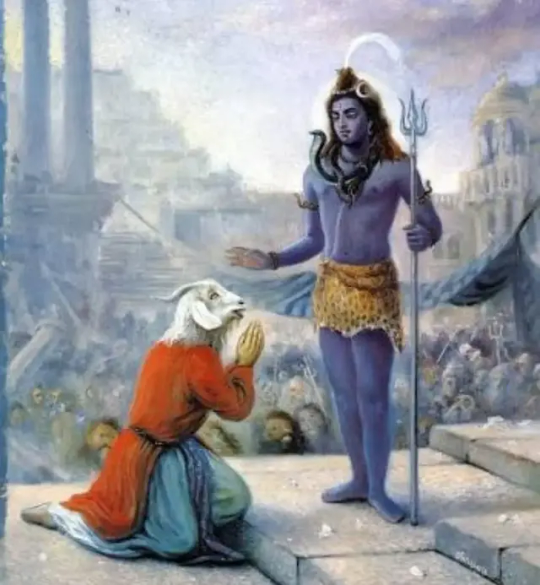
The Daksha Yagna was a grand ritual organized by Daksha Prajapati, the father of Sati, the first wife of Lord Shiva. Daksha, driven by his inflated ego, invited all the gods and goddesses to his grand ceremony, excluding Lord Shiva, whom he held in disdain. This omission set in motion a chain of events that would shake the cosmos.
When confronted by Sati about Her husband’s absence, Daksha had openly ridiculed Shiva as an uncouth, ill- deserving and uncivilised personality. Devi Sati could not take the insults about Her husband and thus produced Yogic Fire and ended Herself. As Nandi informed Lord Shiva of the tragedy, the latter threw a few of His hairs against a mountain in a heightened rage and the energy created thus broke the mountain into two parts; one half of it produced Virabhadra and another Bhadrakali whom Shiva instructed for the destruction of Daksha Yagna, Daksha and whoever else attended the Yagna too. Virabhadra appeared at the site of the Yagna instantly along with a huge army of Shivaganas including Dakini, Bhairava and Kapalini while Bhadrakali entered the Place with the nine incarnations of Bhagavati like Katatyani. As Daksha got terrified of the consequences of the situation, he took refuge at Maha Vishnu who expressed His helplessness and reprimanded Daksha for his foolishness in provoking his own daughter to take away Her life. Lord Vishnu Himself attended the Daksha Yagna and several Devatas too. Vishnu had to fight Virabhadra and his army. It was rather ironical that this happened. A celestial voice confirmed that Virabhadra was invincible but meanwhile several Devas too were killed and Lord Vishnu too desisted from the battle. Virabhadra severed Daksha’s head and threw it in the ‘Agnikunda’ (Fire pit) and returned to Rudra Deva. The irony of Lord Vishnu’s fighting Virabhadra to defend Himself and the Devas many of whom were all killed and He himself had to be defensive had a background; indeed Lord Vishnu was aware of this. A King called Kushva and Sage Dadhichi were good friends earlier but the ego (Ahamkara) of each other turned out to be mighty enemies. Kushva prayed to Lord Vishnu and Dadhichi looked to Lord Shiva for help. Lord Vishnu was pleased with Kushva’s penance and agreed to punish Sage Dadhichi and even used Sudarshana Chakra which proved futile, as Dadhichi was fortified with several years of devotion and Sacrifice along with constant ‘Japa’ (meditation) of Mritunjaya Mantra under the guidance of Sukracharya. Finally, Dadhichi condoned Kushva but did not excuse Lord Vishnu and his Deities and gave the curse that they would all be turned as ash in a fight with Lord Shiva’s part- incarnation (Virabhadra). Eventually, Lord Brahma approached Maha Deva to pardon and revive the lives of Lord Vishnu and Devas who were burnt in the battle with Virabhadra. A sobered and ever merciful Shiva conceded to the prayers of Brahma that not only Lord Vishnu be pardoned but those Devas who were burnt off in the cross fire with Virabhadra be revived but also allow a revitalized Daksha Prajapati with life by placing the Yagna’s Goat- head on to Daksha’s severed head thrown out by Virabhadra in the Fire pit and thus Daksha had a Goat- head thereafter. The ever grateful Daksha begged of Maha Deva for his pardon and prayed to Him with great sincerity and devotion everafter. He then performed a Yagna again with Maha Deva on the High Seat and with all the Devas to receive their blessings!
Neither Lord Shiva was able to save Raavana Nor Lord Vishnu was able to save Daksha even though they were great devotees. The important thing here is to understand that Dharma is of paramount importance. No God will save the wicked.
Har Har Mahadev 🙏🙏
10 notes
·
View notes
Note
Do you think when Shiva first saw Parvati/Brahmacharini, He instinctively deadnamed Her as Sati?
LMAO
Most definitely
Shiva: ....Sati?
Parvati: Who- oh yeah no. I go by a different name now homie
Shiva:
#hindu mythology#hindu gods#hindu deities#shiva#shiva x parvati#parvati#sati#hindublr#desiblr#hinduism#hindu goddess
15 notes
·
View notes
Text
Heartbreaking Memories
This memory was the first one that had filled Shiva the moment those beautiful eyes fell on Him. The young woman of barely thirteen, yet entirely Aadi Shakti, now stood next to Her father. Those dark orbs that were beyond any Universe now gazed at Him with a resplendent devotion that His heart's strings tugged hard. He knew who She was, for She had always beem Him more than He Himself was. Her lively gaze, the soft smile on Her lips, and the awestruck expression on Her face reminded Him of Sati, heartbreakingly so. And yet, there was an entirely new aspect to this form of His Shakti, one He felt He would see as time went by.
Shiva steeled Himself. This was going to be a hard journey, for Parvati and more so for Himself.
'Your pains will be mine, and all the fruits will be Yours, Uma. For You, I will do anything.'
@ahamasmiyodhah @mahi-wayy @yehsahihai @theramblergal @krsnaradhika @ramayantika @achyutapriya @thegleamingmoon @nidhi-writes @houseofbreadpakoda @hum-suffer @kanhapriya @kaal-naagin @krishna-priyatama @willkatfanfromasia @celestesinsight @arachneofthoughts @idllyastuff @mahaswrites @braj-raj @krishna-sangini @krishna-premi This is a snippet of a short OS I wrote. Do tell me what you all think, and if I should keep you or take you away from this tag list.
#shiva#parvati#umashankara#sanatana dharma#shivablr#lord shiva#uma maheshvari#sati#satishiva#alameluwrites
17 notes
·
View notes
Note
Talk about the new Persona 3 Reload models or I'll egg your house!

So these are new in the sense that they hadn't yet received HD models, or were imported/updated from SH2 etc.? I no longer keep up with who appears in what, so it's getting harder to follow.
Anyway, I guess they're fine! I think the sort of flat, faux-cel shading adapted for P5/P3R generally looks good. The stiff, monotonous detailing on 'Helel's wings reminds me of like, one of the angel Digimon. Also a missed opportunity to update Wu Kong/Take-Mikazuchi's models to their DS counterparts. Omoikane looks very handsome.


why are virtue and sati serving cunt now. 'fire transparent png' image search looking ass fire
36 notes
·
View notes
Text
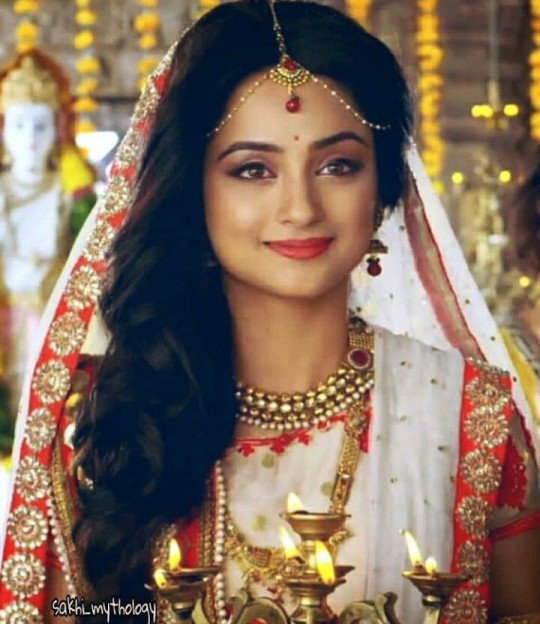
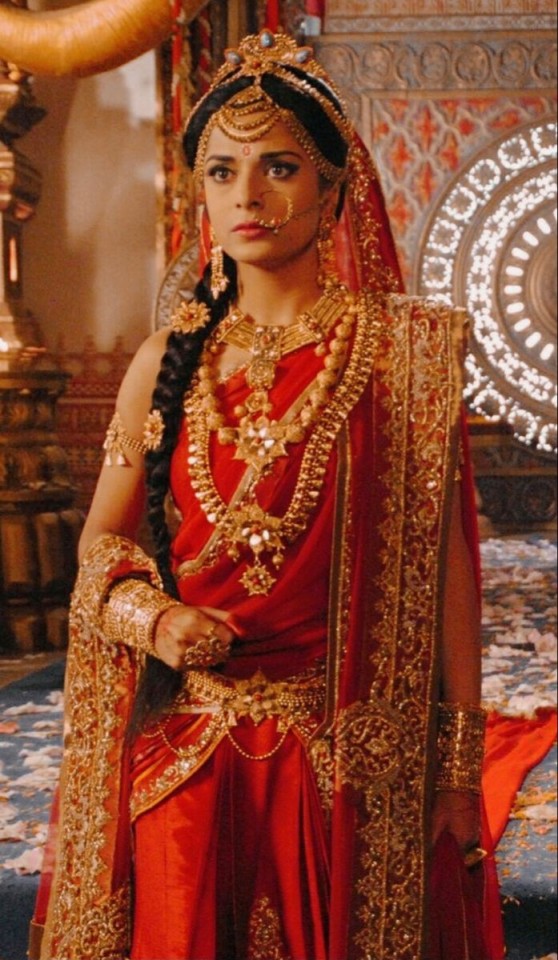

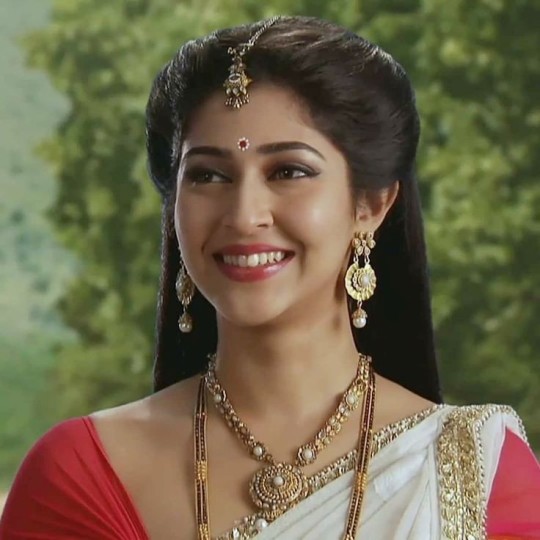
Whenever someone says perfect casting doesn't exist :)
Madirakshi mundle as Sita in Siya ke Ram
Pooja Sharma as Draupadi in Mahabharata Star Plus
Mouni Roy as Sati and Sonarika Bhadouria as Parvati in Devon ke Dev Mahadev
#sati#sita#ram x sita#siya ke ram#devo ke dev Mahadev#mahabharata#draupadi#shiva#lord shiva#lord rama#the pandava quintet#indian aesthetic#indian tv#tv serials#parvati#parvati x shiva#sita x ram#ramayana#valmiki ramayan#mahadev
19 notes
·
View notes
Text
youtube
Today's song is Stay a While, Starchild by Sati featuring the Vocaloid Kaito
#vocaloid#vocaloid original#kaito#kaito english#kaito vocaloid#sati#sati (composer)#english vocaloid#stay a while starchild
8 notes
·
View notes
Photo

86 notes
·
View notes